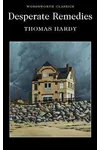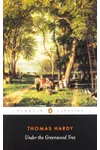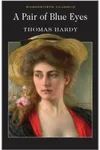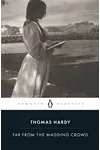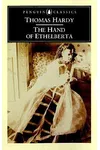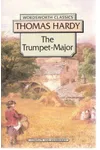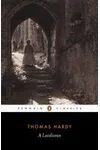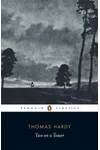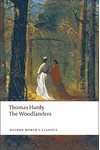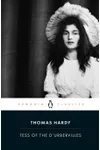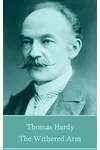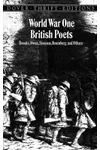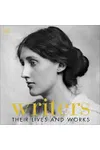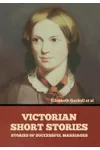Picture an English storyteller who wove tales of love, loss, and rural life with a poet’s heart—meet Thomas Hardy! Born in 1840, this novelist and poet captured the soul of Victorian England, blending gritty realism with lyrical beauty. From the tragic romance of Tess of the d’Urbervilles to the introspective verses of his later years, Hardy’s work still resonates, inviting readers into his vivid world.
Hardy’s stories aren’t just dusty classics; they’re emotional journeys that challenge societal norms and explore human struggles. Whether you’re a fan of novels or poetry, Hardy’s unique voice makes him a literary gem worth discovering. Let’s dive into his life, works, and lasting legacy!
The Making of Thomas Hardy
Thomas Hardy was born on June 2, 1840, in the rural village of Higher Bockhampton, Dorset. Raised in a modest family, with a stonemason father and a book-loving mother, Hardy grew up surrounded by the rolling countryside that would inspire his writing. He trained as an architect, but his passion for words led him to poetry and fiction. By his late 20s, Hardy was publishing novels, starting with Desperate Remedies in 1871, though it was Far from the Madding Crowd in 1874 that launched him to fame.
Influenced by the Romantic poets and the stark realities of rural life, Hardy developed a style that married beauty with brutal honesty. His early career was shaped by a deep connection to Dorset, which he fictionalized as ‘Wessex,’ a landscape as much a character as his protagonists.
Thomas Hardy’s Unforgettable Stories
Hardy’s novels are masterclasses in storytelling, blending psychological depth with social critique. Far from the Madding Crowd follows Bathsheba Everdene, a spirited woman navigating love and independence in rural Wessex. Its vivid setting and complex characters made it an instant hit. Tess of the d’Urbervilles (1891) is perhaps his most famous work, a heartbreaking tale of Tess Durbeyfield, whose life is marred by societal hypocrisy and fate. Critics initially balked at its bold themes, but it’s now a cornerstone of English literature.
Jude the Obscure (1895), Hardy’s final novel, tackles ambition, class, and forbidden love through the tragic story of Jude Fawley. Its raw depiction of societal constraints sparked controversy, prompting Hardy to abandon fiction for poetry. As a poet, Hardy penned over 900 works, including Wessex Poems and The Dynasts, marked by their lyrical intensity and philosophical musings. His writing style—rich, evocative, and often melancholic—reflects a deep empathy for human struggles and a fascination with nature’s indifference.
Hardy’s themes of fate, love, and social injustice resonate across genres. His ‘Wessex’ settings ground his stories in a tangible world, while his poetic prose elevates them to timeless art. Whether in prose or verse, Hardy’s work invites readers to question the world around them.
Why Thomas Hardy Matters
Thomas Hardy’s influence stretches far beyond his lifetime. His novels challenged Victorian norms, paving the way for modernist writers like D.H. Lawrence and Virginia Woolf. His fearless exploration of gender, class, and morality made him a literary trailblazer. As a poet, his introspective verses inspired 20th-century poets, from W.H. Auden to Philip Larkin. Hardy’s works remain staples in classrooms, book clubs, and theaters, with adaptations like the 2015 film Far from the Madding Crowd introducing his stories to new audiences.
Hardy’s legacy lies in his ability to capture the human condition with unflinching honesty and poetic grace. His stories remind us that, even in a changing world, the struggles of the heart endure. Today, readers turn to Hardy for both escape into his lush Wessex and insight into life’s complexities.
- Born: June 2, 1840, in Dorset, England
- Key Works: Far from the Madding Crowd, Tess of the d’Urbervilles, Jude the Obscure, Wessex Poems
- Died: January 11, 1928
- Notable Fact: Hardy considered himself primarily a poet, writing nearly 1,000 poems.
Snag Tess of the d’Urbervilles or Hardy’s poetry and dive into his hauntingly beautiful world. Whether you’re swept away by his novels or moved by his verses, Thomas Hardy’s stories are a journey worth taking!
